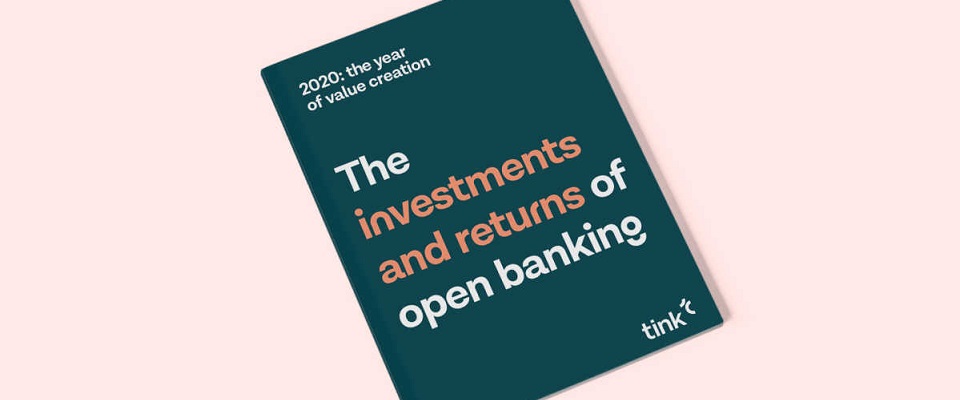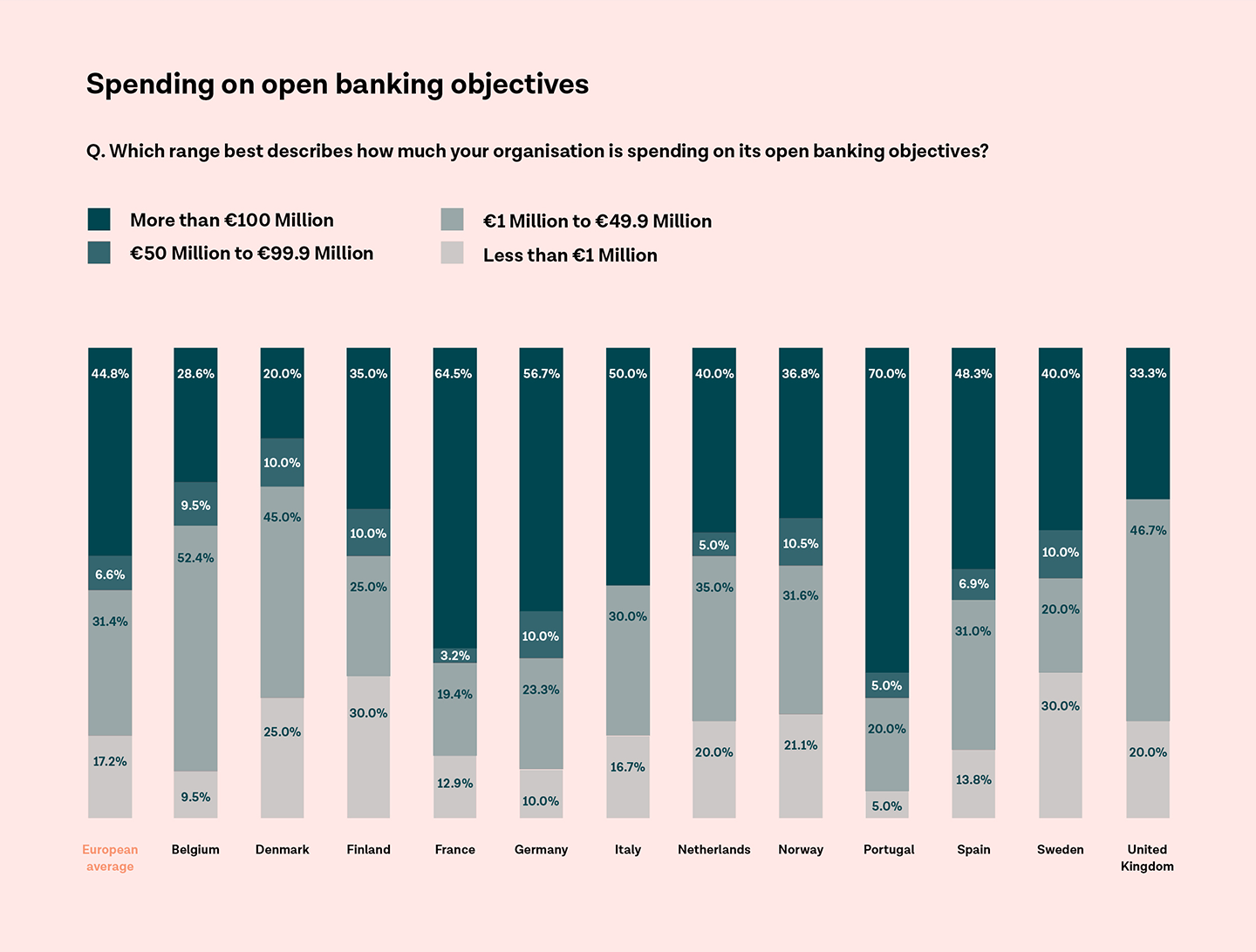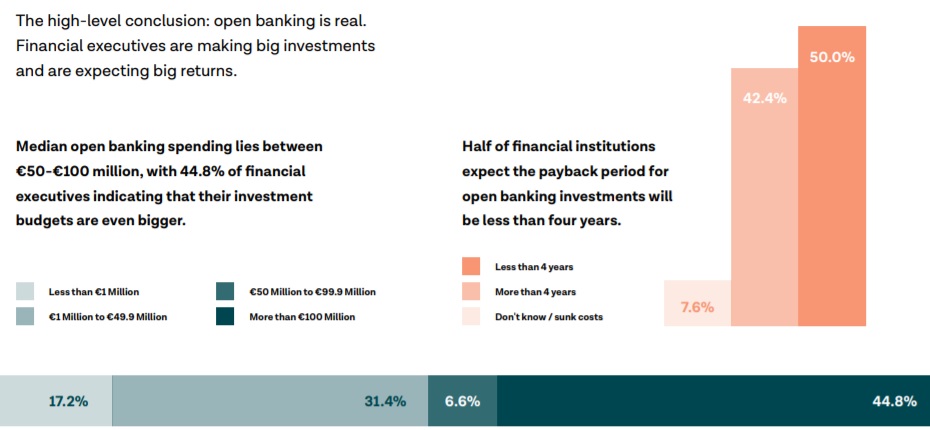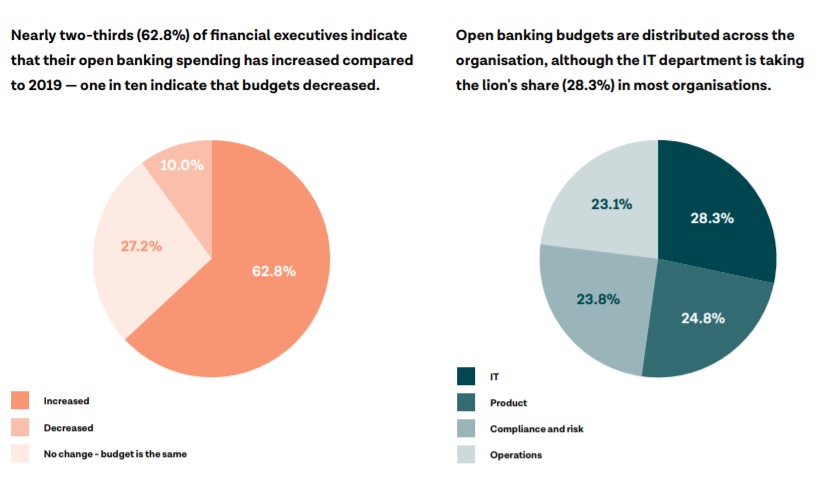
For financial institutions in Europe, the median spend on open banking lies between €50-€100 million, with 44.8% of financial executives indicating that their investment budgets are even bigger, according to Tink first 2020 survey report. „It’s clear open banking investments have become central to the digital transformation of the European financial services industry itself.”, the company said.
Open banking has taken the financial services industry by storm, and executives are making investments to take advantage of a new industry paradigm. Tink surveyed 290 executives from 12 European countries to find out how these investments are shaping up across the continent.
Traditionally, the relationship between a financial institution and its customers has been one-to-one, and the rules were simple: service providers controlled the data and owned the infrastructure — customers had few alternatives.
Now, financial executives are betting on a future where the democratisation of data provides the opportunity to change this, reflected in the positive shift in attitude towards the movement and the partnerships that are being formed to access open banking technologies.
Although positive attitudes are a good indication, they don’t necessarily reflect the significance of this movement. The real proof is in the money that’s being invested in open banking initiatives.
So what do the figures look like? Nearly two-thirds of financial institutions (62.8%) indicate their spending has increased compared to 2019 — only 10% indicate that their spending has contracted. And the average annual growth in open banking spending is 20%-29%.

The decision makers responsible for these budgets reckon there will be a payback period of approximately four years. The institutions that have allocated larger budgets towards open banking seem to have a tolerance for longer payback periods, whereas those with smaller budgets are expecting to see returns in a shorter time frame.
Most of these open banking investments cut broadly across an organisation, with an impact on operations functions such as compliance, risk, and IT. But there are also a large number of financial executives exploring how open banking can create value for the business itself in terms of revenue, customer satisfaction, and ultimately, costs saved.
„What comes across in our survey loud and clear is that open banking investment is already massive and budgets are growing, and we can see evidence that the industry is on the verge of a monumental shift towards data-driven services.”, according to the authors of the report.


Download the Tink report – The investments and returns of open banking, to see the full story on how financial institutions are investing in open banking – and how they will measure success.
Banking 4.0 – „how was the experience for you”
„So many people are coming here to Bucharest, people that I see and interact on linkedin and now I get the change to meet them in person. It was like being to the Football World Cup but this was the World Cup on linkedin in payments and open banking.”
Many more interesting quotes in the video below: